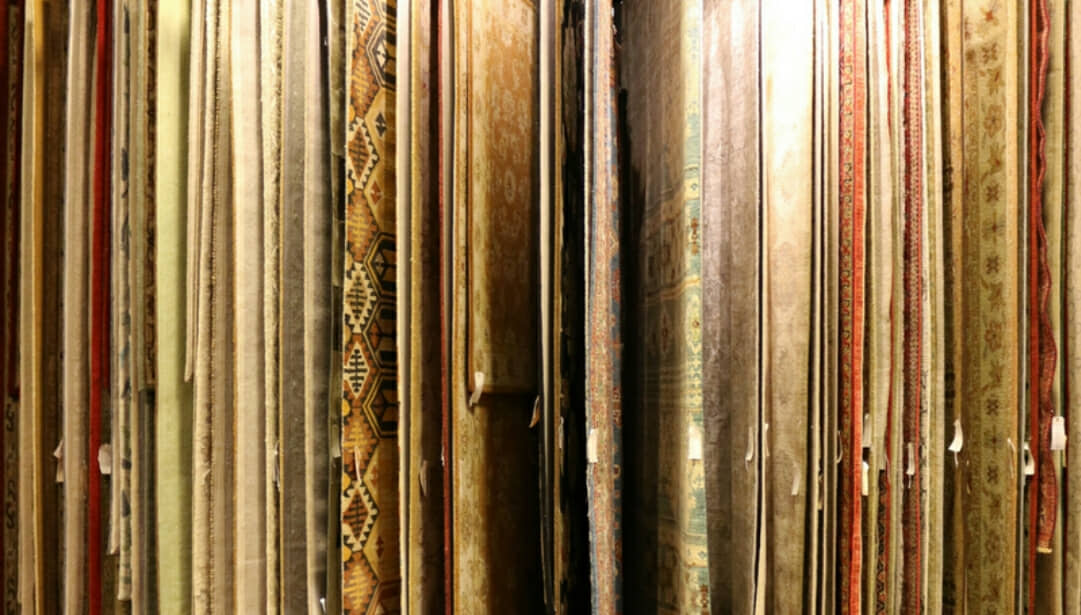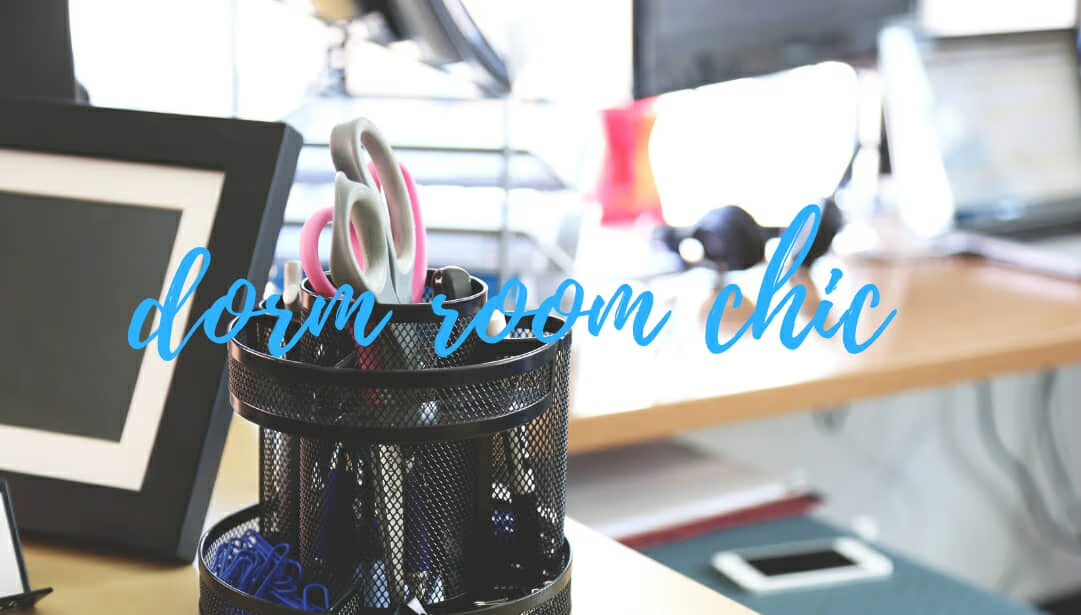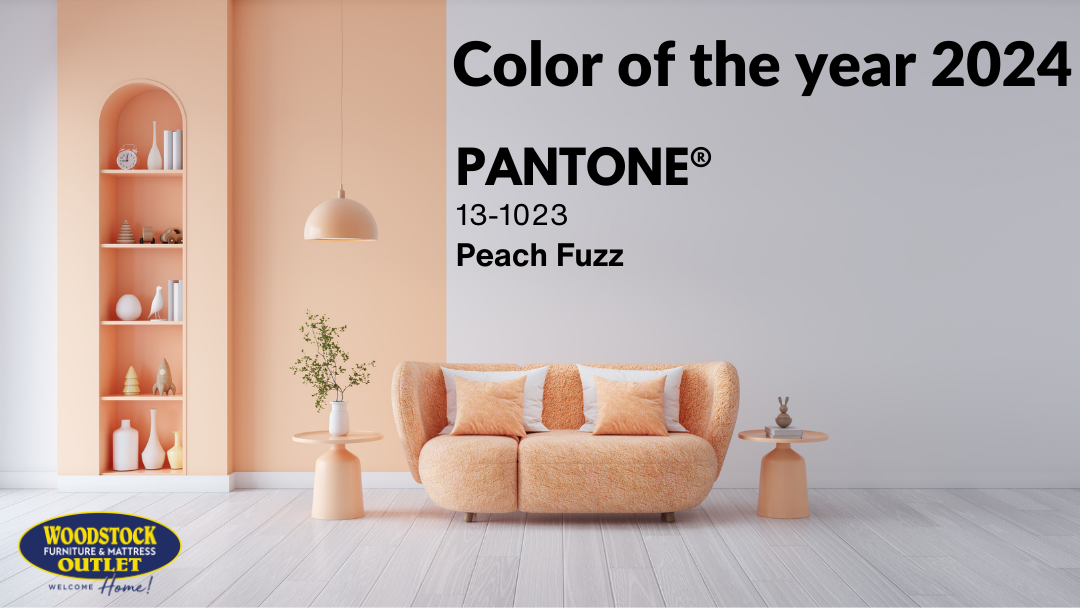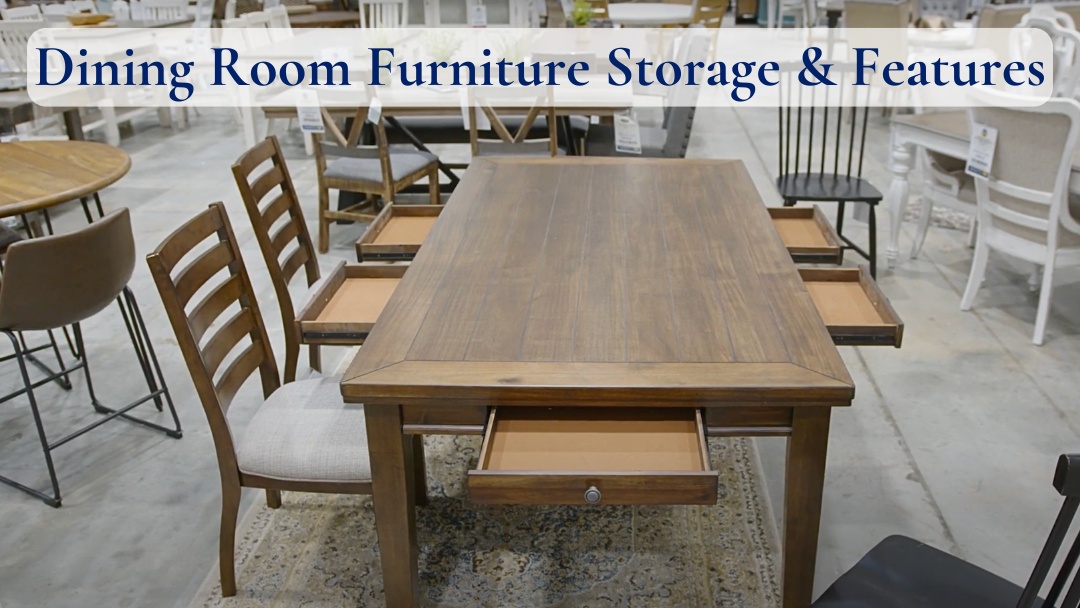Some things in life are difficult to describe. Nearly every day, rug shoppers come by the store and know exactly what they’re looking for – but aren’t really sure how to describe it. Of course, tons of industry lingo only muddies the water further. Since WFMO is in the business of connecting customers with what they want, we’re taking it upon ourselves to better explain a few unclear terms as they relate to different area rug styles.
Many of you have heard terms like “traditional rug”, “transitional rug” or “contemporary rug”. Today is an overview to define these different area rug styles. Hopefully, this will help you easily find the perfect rug for your home!
Traditional Rugs
For millennia, a region called “The Rug Belt” has been associated with the crafting of fine rugs. The Rug Belt stretches east from North Africa all the way across to Central Asia and India. This large geographic area is responsible for producing many specific rug types that you’ve likely heard of; Persian rugs, Turkish rugs, oriental rugs, etc.
Keep in mind, not all of these rugs are created equal and there are distinct differences between each style. These differences range from the the types of knots used, to the dyes used, to the geographical origin. For instance, the term “Persian rug” is not just a reference to a rug’s origin, but is also describing the manner in which it is crafted. Be sure to read more about these differences in our article on why Persian rugs are worth the money!
Most traditional rugs are made either in the aforementioned styles typical of the Rug Belt, or in the European style that arose from the pageantry of the Middle Ages and Renaissance period. Think of medieval tapestries and castles, and you’ll get the idea. As you can probably guess, traditional rugs tend to have some pretty clear characteristics across the board. These obvious elements include a sense of symmetry, ornate or floral patterns, a clearly defined border along the rug’s edge, and a fairly muted color palette. Colors used usually include dull reds, greens, browns, blacks or navy blues.
Contemporary Rugs
Secondly, we have the contemporary rug, also known as a modern rug. Think of it as being everything that the traditional rug isn’t. While these rugs can also have symmetry and repeating patterns, such patterns often include geometric shapes and/or bright or contrasting colors. Another telltale sign of modern rugs, is an asymmetrical design. To simplify, if you’d call a rug “loud”, “abstract”, or a “conversation piece”, it’s probably a contemporary rug.
Transitional Rugs
Lastly, the transitional rug is the hardest of these area rug styles to define. Oftentimes, the rug seller or manufacturer will make judgment calls to determine which rugs are transitional. Here at Woodstock Furniture & Mattress Outlet, we consider transitional rugs to be those that share elements with both traditional and contemporary rugs.
For instance, the intricate pattern on a transitional rug may be identical to a traditional centuries-old Persian rug, but the transitional piece may have a monochromatic color palette, bright contrasting colors, or may be missing the fringe or border present on more traditional rugs. Similarly, a transitional piece may have a modern, asymmetrical take on a time-honored traditional pattern.
North Georgia’s Outlet for All Area Rug Styles
Whichever of these area rug styles you choose, you can find them all at Woodstock Furniture & Mattress Outlet. We pride ourselves on our massive selection and wide variety of rugs, and we think you’ll love what you find! We even have one-of-a-kind antique, hand-knotted Persian rugs that you won't find anywhere else!
Lastly, view some of our select traditional rugs, transitional rugs and contemporary rugs online, select rugs and swatches at our Rome and Dallas/Hiram stores, or shop our full collection at our extensive rug showroom in Acworth! Our rug experts are among the best authorities in the hemisphere and they’d love to help you find the perfect rug!
In the coming days, stick around on the blog as we further discuss traditional, transitional and contemporary rugs individually. Including which kinds of décor go perfectly with each rug style. Don’t miss it!










